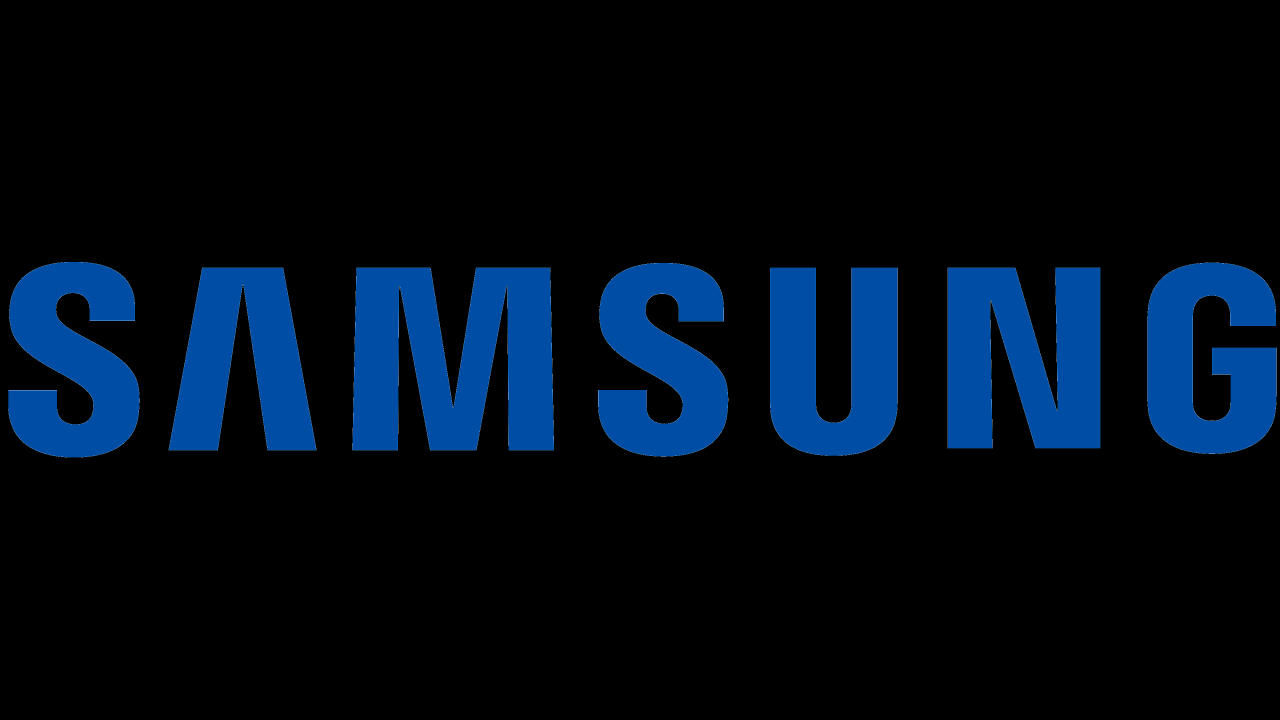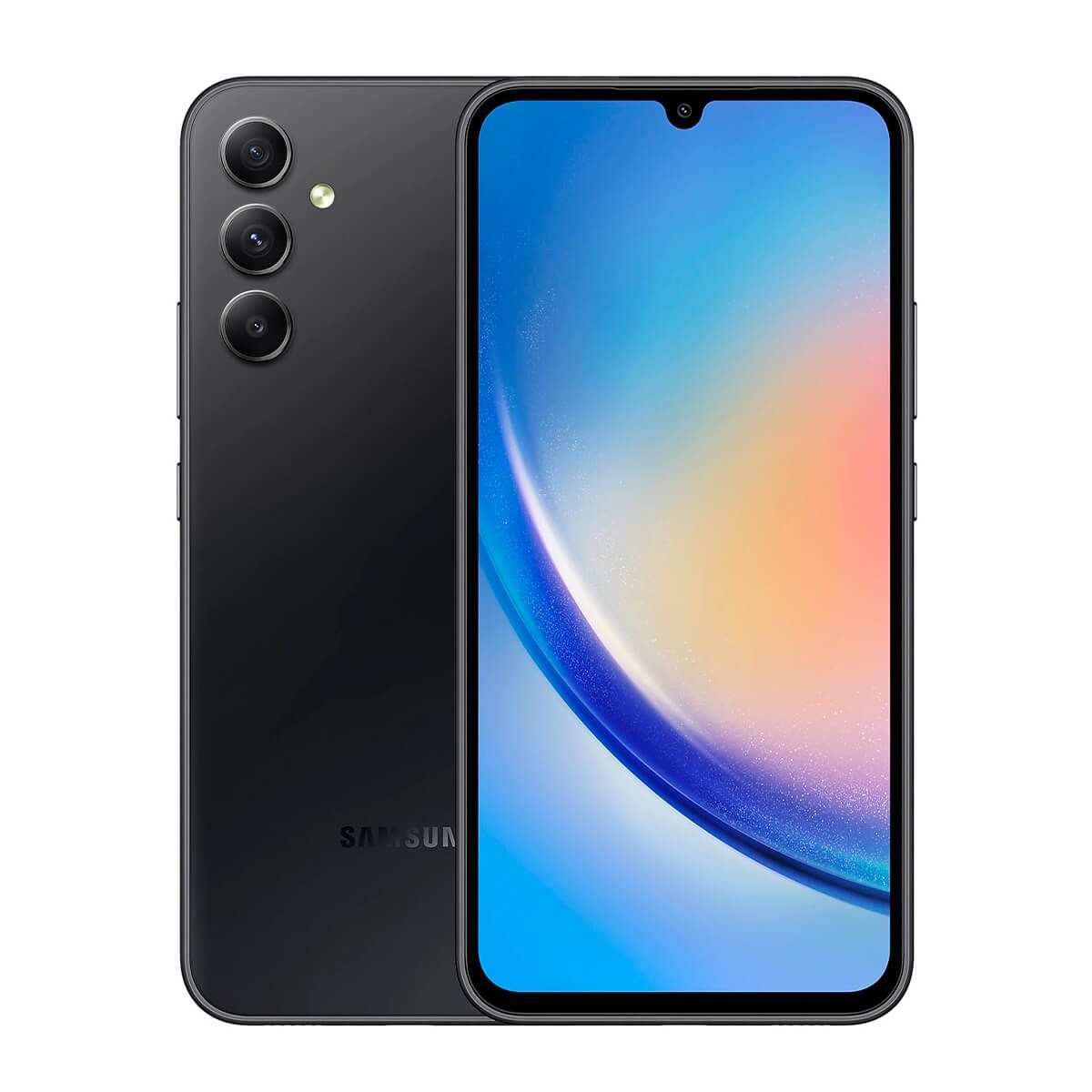samsung galaxy s ii sets the stage for this enthralling narrative, offering readers a glimpse into a story that is rich in detail and brimming with originality from the outset. This iconic smartphone not only marked a pivotal moment in Samsung’s history but also reshaped the smartphone landscape with its impressive features, design, and performance, setting benchmarks for its competitors.
The Samsung Galaxy S II boasts a range of key specifications that made it a favorite among users, including a stunning Super AMOLED Plus display, a powerful dual-core processor, and a sleek, lightweight design. Its intuitive user interface and innovative software experience highlighted the device’s potential, delivering a blend of functionality and style that captivated consumers.
Features of the Samsung Galaxy S II
The Samsung Galaxy S II, launched in 2011, was a game-changer in the smartphone market, offering a blend of powerful hardware and an intuitive user experience. Its impact was felt across the industry, as it set new benchmarks for mobile devices at the time.
The smartphone features an impressive array of specifications that made it stand out among its competitors. With a sleek design, the Galaxy S II was equipped with a 4.3-inch Super AMOLED Plus display, delivering vibrant colors and deep blacks that enhanced the overall viewing experience. This device was powered by a dual-core 1.2 GHz processor, which ensured smooth multitasking and performance. Furthermore, it supported 1GB of RAM and came with storage options of 16GB or 32GB, expandable via microSD, allowing users to store a substantial amount of data and applications.
Key Specifications
The notable specifications of the Samsung Galaxy S II include:
- Display: 4.3-inch Super AMOLED Plus (480 x 800 pixels)
- Processor: Dual-core 1.2 GHz ARM Cortex-A9
- RAM: 1GB
- Storage: 16GB or 32GB internal, expandable via microSD up to 64GB
- Cameras: 8MP rear camera with LED flash, 2MP front camera
- Battery: 1650 mAh, removable
- Operating System: Initially Android 2.3 (Gingerbread), upgradeable to Android 4.1 (Jelly Bean)
Standout Features
The Galaxy S II incorporated several standout features that distinguished it from other devices in its time.
- Lightweight Design: At only 116 grams, the Galaxy S II was one of the lightest smartphones available, making it exceptionally portable.
- Superior Display Technology: The Super AMOLED Plus technology enhanced color reproduction and visibility in bright conditions, setting a new standard for mobile displays.
- Fast Performance: With its dual-core processor, the device handled applications and games smoothly, providing a premium user experience.
- Camera Performance: The 8MP camera was equipped with features like zero shutter lag and HD video recording, appealing to photography enthusiasts.
- Expandable Storage: The ability to expand storage options through microSD gave users flexibility for their data needs.
User Interface and Software Experience
Samsung’s TouchWiz interface on the Galaxy S II was designed to enhance the user experience with its intuitive layout and customizable features.
The device utilized Android’s operating system, which offered a rich ecosystem of applications through the Google Play Store. The TouchWiz overlay provided various widgets, allowing users to personalize their home screens, and included features such as Smart Stay, which kept the screen on while the user was looking at it.
Additionally, the integration of Samsung’s Hub services enabled users to easily access music, videos, and social media platforms, enriching their overall mobile experience.
In summary, the Samsung Galaxy S II was not just a smartphone; it represented a major advancement in mobile technology, combining powerful hardware with an optimized software experience that appealed to a wide range of users.
Performance and User Experience: Samsung Galaxy S Ii
The Samsung Galaxy S II set a benchmark for performance and user experience during its time, truly encapsulating the evolution of smartphones. Its speed, graphics capabilities, and battery life all contributed to a device that not only met user expectations but often exceeded them, making it a popular choice in the competitive smartphone market of the early 2010s.
Everyday Performance Evaluation
In everyday tasks, the Samsung Galaxy S II showcased impressive performance, handled by its dual-core 1.2 GHz ARM Cortex-A9 processor and 1GB of RAM. Users found that navigating through the Android operating system, multitasking with various applications, and responding to notifications was smooth and lag-free. The TouchWiz user interface, while sometimes critiqued for being heavy, provided a responsive experience. The device’s internal storage of 16GB or 32GB, expandable via microSD, added flexibility for users who needed additional space for apps and media.
Gaming Performance Comparison, Samsung galaxy s ii
When it came to gaming, the Galaxy S II was a frontrunner among smartphones of its time. With its Mali-400MP GPU, the device delivered high-quality graphics and consistent frame rates for many popular games, such as “Angry Birds” and “Cut the Rope.” Compared to rivals like the HTC Sensation and Motorola Atrix, which featured similar specifications, the Galaxy S II often outperformed them in terms of graphical performance and overall fluidity. Users frequently reported a more immersive gaming experience, aided by the device’s vivid Super AMOLED display, which enhanced color contrast and clarity.
Battery Life Performance
Battery life was another strong point for the Galaxy S II, which housed a 1650 mAh battery. In practical usage, the phone managed to last a full day under moderate use, including tasks such as web browsing, video streaming, and social media engagement. Users appreciated the battery-saving features offered by Android, which allowed customization to extend usage time. Benchmarks indicated that the Galaxy S II could last approximately 8 hours in continuous video playback, positioning it favorably against competitors. The ability to quickly charge the device further solidified its reputation as a reliable daily companion for users on the go.
“The Samsung Galaxy S II was not just a smartphone; it was a lifestyle enabler, balancing performance, gaming capabilities, and battery longevity effectively.”
Design and Build Quality

The Samsung Galaxy S II showcases a sleek and modern design that reflects the brand’s commitment to innovation and aesthetics. Released in 2011, this smartphone was pivotal in setting new standards for mobile device design, blending form and function seamlessly to cater to user preferences.
The design philosophy behind the Galaxy S II emphasizes minimalism and elegance. Samsung employed a strategy that prioritized a slim profile and lightweight feel without compromising on durability. The device measures just 8.49 mm in thickness, making it one of the thinnest smartphones at the time of its release. This was achieved through careful engineering and material selection, which significantly contributed to its overall appeal.
Materials Used in Construction
The construction of the Galaxy S II is marked by the use of premium materials that enhance both aesthetics and functionality. The front panel features Corning Gorilla Glass, known for its excellent scratch and shatter resistance, which provides added protection for the display. The back cover is made of plastic, a choice that allows for a lightweight design while maintaining a robust structure.
The combination of materials not only helps in reducing the overall weight of the device but also contributes to better signal reception and overall user experience. The matte finish on the back cover adds a touch of sophistication while aiding grip.
Comparison with Predecessor and Successors
When comparing the Galaxy S II to its predecessor, the Samsung Galaxy S, notable improvements in design and build quality become apparent. The original Galaxy S featured a bulkier design and a plastic body, which, while functional, did not carry the same level of refinement found in its successor.
In contrast, the Galaxy S II achieved a remarkable balance between size and performance. Its more slender form factor and lighter weight were significant upgrades that appealed to consumers looking for portability without sacrificing performance.
Looking at the successors, the Galaxy S III and Galaxy S IV, the design evolution continued with a shift towards more premium materials such as glass and aluminum. While the Galaxy S II set the groundwork with its lightweight plastic design, its successors adopted more sophisticated materials and features that further pushed the boundaries of mobile design.
In summary, the Galaxy S II’s design and build quality represent a pivotal moment in Samsung’s smartphone development, combining cutting-edge materials and a user-centric design philosophy that influenced future models in the Galaxy lineup.
Market Impact and Legacy

The Samsung Galaxy S II, released in 2011, was a pivotal device that significantly shaped the landscape of the smartphone market. It emerged during a critical period when competition was intensifying, and consumers were seeking more powerful, feature-rich devices. This smartphone not only set new standards for performance and design but also influenced both consumer expectations and manufacturers’ strategies moving forward.
The impact of the Galaxy S II on the smartphone market was profound, marking Samsung’s transition into a leading player in the mobile industry. This device introduced several key features that have become benchmarks in the market, such as AMOLED displays, dual-core processors, and high-quality cameras. Its successful launch and subsequent popularity underscored a shift towards larger screens and more robust hardware in smartphones, influencing a wave of devices that followed.
Key Trends Initiated by the Galaxy S II
The Samsung Galaxy S II initiated several trends that have persisted in the smartphone market today. Its influence can be observed in multiple aspects:
- Amoled Display Technology: The S II popularized AMOLED technologies, offering vibrant colors and deep blacks, setting a standard for display quality in subsequent devices.
- Dual-Core Processors: It was one of the first smartphones to adopt dual-core processors, pushing competitors to follow suit and significantly enhancing performance capabilities.
- Camera Innovations: The Galaxy S II featured an impressive 8-megapixel camera, which encouraged other manufacturers to enhance their camera technologies, leading to the rise of smartphones becoming primary photography devices.
- Customization and User Interface: Samsung’s TouchWiz UI provided users with customization options that have become common in modern Android devices, focusing on personal user experiences.
The reception of the Galaxy S II among consumers and critics at launch was overwhelmingly positive. Critics praised its performance, lightweight design, and exceptional display, with many regarding it as one of the best smartphones of its time. According to notable technology publications, the device received high ratings for its speed and user interface, helping to build Samsung’s reputation as a formidable challenger to Apple’s iPhone. The Galaxy S II sold over 10 million units within five months of its release, which was a testament to its popularity and market impact.
“The Galaxy S II was groundbreaking, and its success paved the way for Samsung’s future innovations in the smartphone sector.”
In conclusion, the Samsung Galaxy S II played a crucial role in redefining user expectations and established benchmarks within the smartphone industry, contributing to the competitive landscape we see today.
FAQ Summary
What year was the Samsung Galaxy S II released?
The Samsung Galaxy S II was released in 2011.
What is the screen size of the Samsung Galaxy S II?
The device features a 4.3-inch Super AMOLED Plus display.
Does the Samsung Galaxy S II support external storage?
Yes, it supports microSD cards for expanded storage.
What operating system does the Samsung Galaxy S II run?
Initially, it launched with Android 2.3 Gingerbread, upgradable to later versions.
How did the Samsung Galaxy S II perform in gaming?
The Galaxy S II offered impressive gaming performance for its time, rivaling many other smartphones.
The Galaxy Note 7 once stood out for its innovative features and powerful performance, captivating users with its sleek design. However, its infamous battery issues led to a significant recall, marking a turbulent chapter in smartphone history. Despite its drawbacks, the Note 7 remains a symbol of Samsung’s ambition to push the boundaries of mobile technology.
In contrast, the Galaxy S6 Edge introduced a stunning dual-edge display that redefined smartphone aesthetics. This model not only offered a unique look but also packed impressive specs and a robust camera, making it a favorite among tech enthusiasts. The S6 Edge showcased Samsung’s ability to blend beauty and functionality seamlessly.
